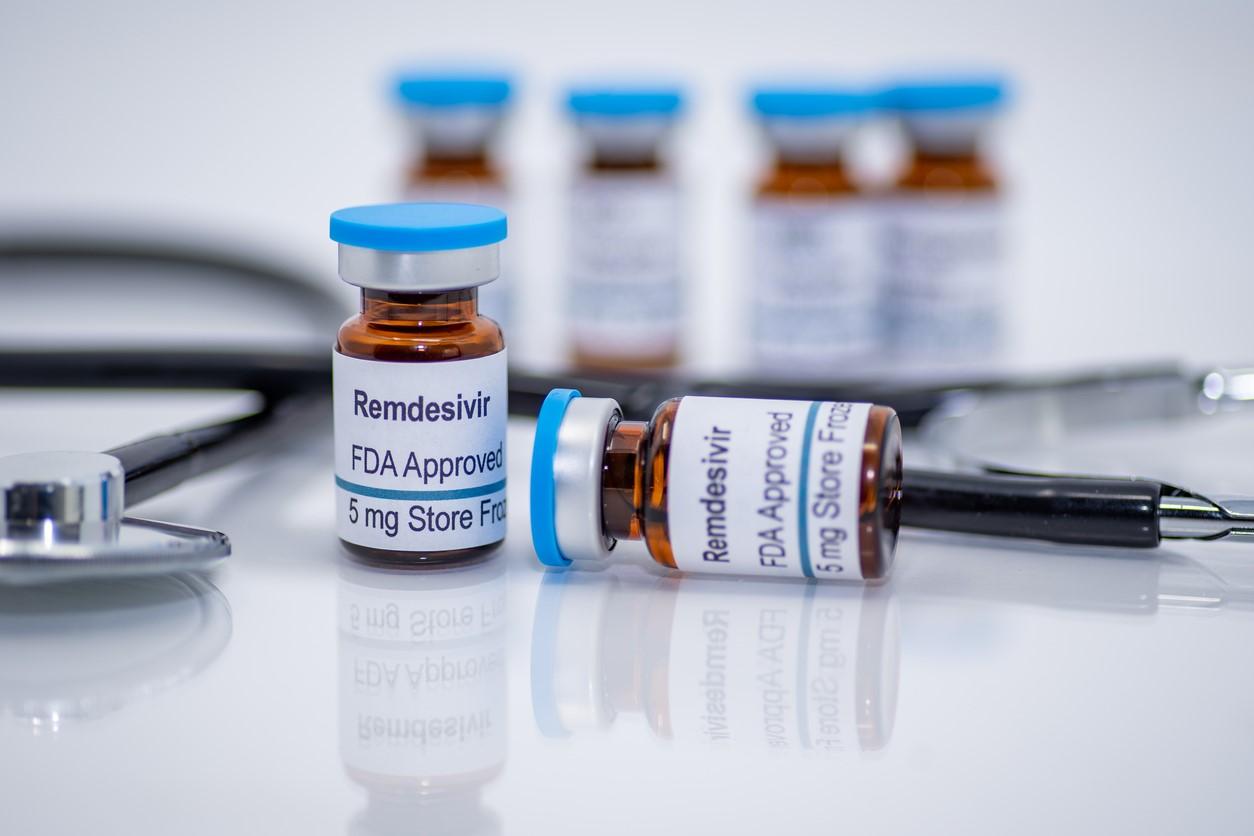In January and February of 2022—when the Omicron surge caused a high number of COVID-19 infections in the United States—veterans with mild to moderate infections seen in the Veterans Affairs (VA) healthcare system as outpatients underused pharmacotherapies, including monoclonal antibodies and antivirals. Researchers reported their findings in JAMA Network Open.
At the time of the Omicron surge, the Food and Drug Administration (FDA) had approved for emergency use nirmatrelvir boosted with ritonavir (Paxlovid) and molnupiravir in late of December 2021 and remdesivir for outpatient use in January 2022. The drugs were aimed at preventing mild and moderate COVID-19 from progressing into more severe disease.
A good setting for gauging treatment use
The frequency of use of these therapies has not been well-described, so the authors of the study used the Veterans Affairs health care system (VA) to examine if and when the therapies were used among COVID-19 positive patients ages 18 and older seen in VA hospitals between Jan 1 and Feb 8, 2022.
Among, 111,717 VA enrollees included in the study, the median age was 60 years, and 96,482 (86.4%) were male. Twenty percent were Black, 9.6% Hispanic, and 68.0% were White.
All of those patients were eligible for pharmacotherapy according to the FDA authorization, but only 4,233 (3.8%) received any pharmacotherapy within the VA or through VA Community Care.
"This included 994 (0.9%) persons who received sotrovimab, 1,710 (1.5%) who received nirmatrelvir, 921 (0.8%) who received molnupiravir, 608 (0.5%) who received remdesivir, and 107,484 (96.2%) who were not treated with anti–SARS-CoV-2 pharmacotherapies within the VA or through VA Community Care," the authors said.
Older, white patients more likely to get treatment
A number of factors were associated with an increased likelihood of using one of the four therapies for mild to moderate infections, including older age, with those aged 65 to 74 years vs 50 to 64 years with an adjusted odds ratio (aOR) of 1.66 (95% confidence interval [CI], 1.52 to 1.80]—or a 66% higher odds—and those aged at least 75 years vs 50 to 64 years with an aOR of 1.67 (95% CI, 1.53to 1.84), representing a 67% higher uptake. Veterans living in rural areas were also more likely to get treatment compared to urban patients (aOR, 1.18; 95% CI, 1.09 to 1.28).
Having a higher number of underlying conditions (at least 5 conditions vs 1 to 2 conditions: aOR, 2.17; 95% CI, 1.98 to 2.39) increased treatments, as did being White.
"Compared with White veterans, Black veterans (aOR, 0.65 [95% CI, 0.60-0.72]) were less likely to receive treatment; and compared with non-Hispanic veterans, Hispanic veterans (aOR, 0.88 [95% CI, 0.77-0.99]) were less likely to receive treatment," the authors said.
The study authors did note that prescriptions for these four treatments did increase as the study period went on, with the proportion of veterans who were treated doubling from 3.1% in January to 7.1% in February.
"These findings suggest the need for improved infrastructure and education to support treatment of persons at risk for progression to severe COVID-19," the authors concluded. "Studies of the effectiveness and comparative effectiveness of outpatient COVID-19 pharmacotherapies will also be critical to inform clinical care."



















